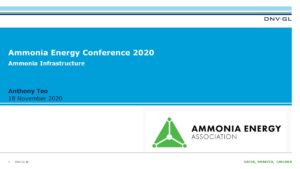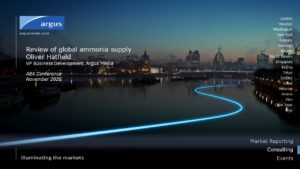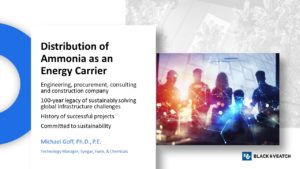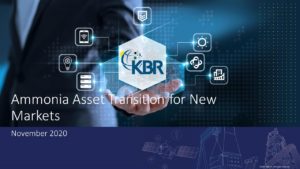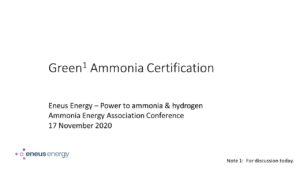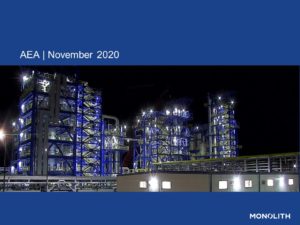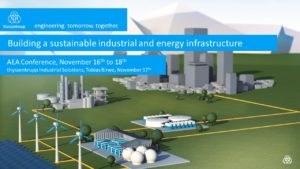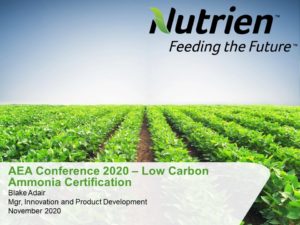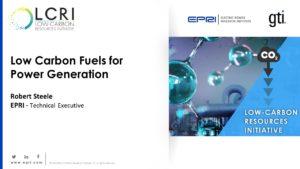Global shipping will by 2050 need to reduce the GHG emissions by 50% compared to the 2008 baseline, according to one of the targets set by the IMO, as well as a goal of being GHG neutral by the end of the century. The adoption of carbon neutral fuels will be a key enabler to achieve this goal. This presentation will consider these issues and suggest a process and pathway to overcome regulatory barriers, safety, and infrastructure for ammonia that needs to be addressed to facilitate the use of ammonia as a fuel in shipping.

